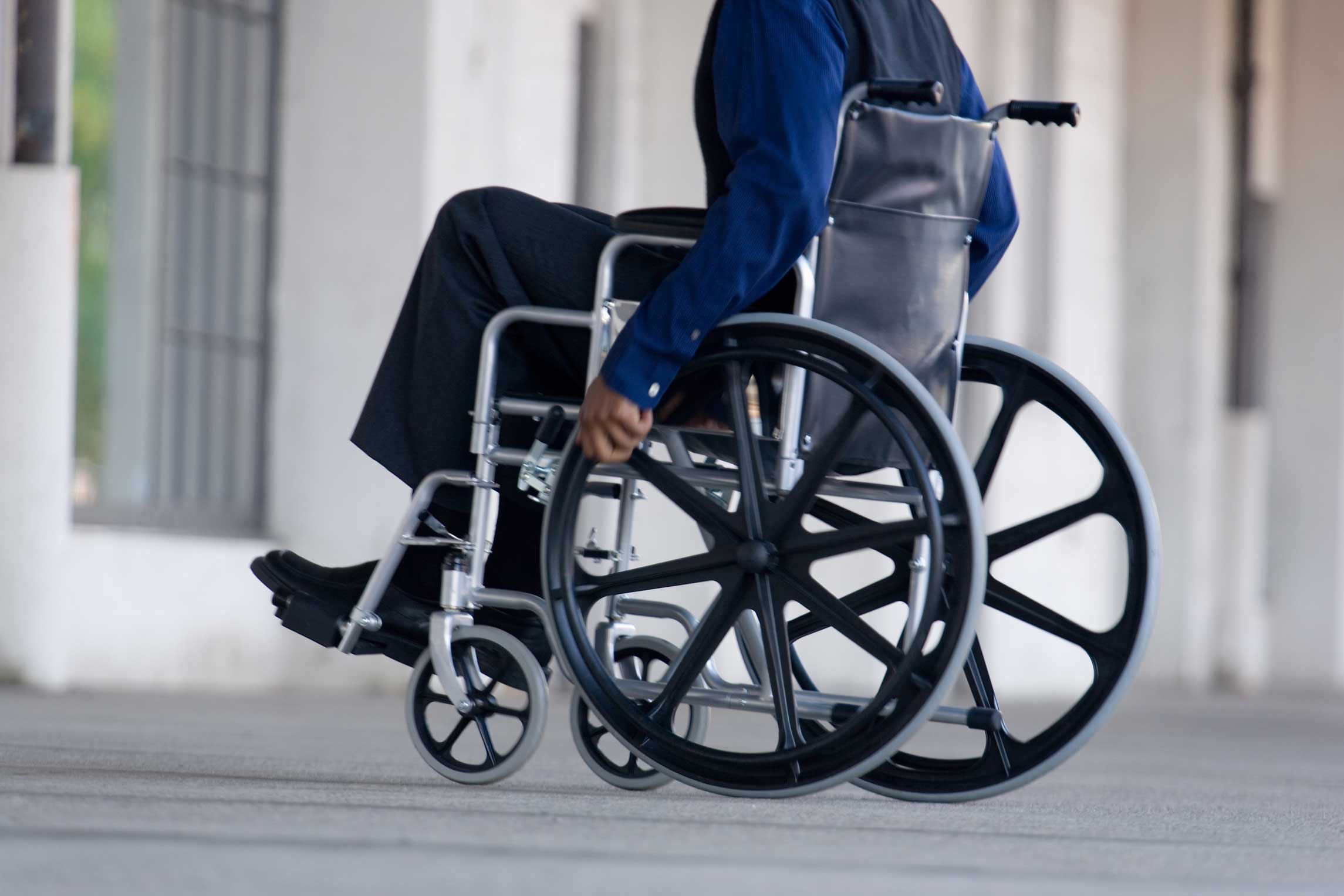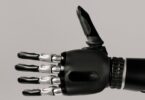[et_pb_section bb_built=”1″][et_pb_row][et_pb_column type=”4_4″][et_pb_text _builder_version=”3.13.1″]
The spinal cord is one of the most important parts of the Central Nervous System, acting as a kind of telegraph cable that allows sending signals from the Brain and receiving signals from the other areas of the body.
It extends from the Oblongata, through the greater hole or Magnum Format of the base of the skull, to the base of the spine. The spinal cord is about half a centimeter in diameter, is slightly flat, whitish and crosses the Vertebral Canal created by the Arches of the Vertebrae, to branch out like a tree.
The spinal cord (SCI), when suffering an injury, means the damage of the nerves inside the spinal canal; Most SCI are caused by trauma to the spine, thus affecting the marrow’s ability to send and receive messages from the brain to and from the body systems that control sensory, motor, and autonomic function below the level of the injury .
The myelopathy or spinal cord injury, causes one or more symptoms, which could be:
- Muscle paralysis and loss of sensation of the trunk, neck and limbs.
- Bladder, anal or seminal sphincter decontrol.
- Sympathetic system blockage
Many paralyzed people, after numerous attempts of rehabilitation and they obtain as a result the failure, because now, with the new implants of spinal cord a new hope arises for the people who have spinal cord injury to walk again. A group of Swiss researchers designed an electrical device inserted around the spines of people with damage to the spine, increased the signals of their brains to their legs and also helped damage the nerves in the spinal cord to grow back.
The researchers believe that their device will improve and restore some movement to paralytics who had lost all hope of walking again. They plan to start testing in the United States and Europe by 2021.
These and other innovations are now possible in Pharmamedic.
[/et_pb_text][/et_pb_column][/et_pb_row][/et_pb_section]








